Why creating easy to read processes is the best thing you can do for your team
Taking the time to provide clear instructions on how everything works and what everyone does is pretty vital to making your team as successful as can be. It might be crazy to consider but people literally waste hundreds of hours trying to do their work correctly. This can either be because the documentation is really complicated or because they are having to double-check work constantly.
Therefore the need for visual, clear and simple instructions to guide us in our work is obvious, but creating it can be a challenge.
Fortunately, we know that there is a really simple way to make process documents easy to read and understand. And we’d love to share with you the method we use that makes it so easy to create clear and simple process maps even for the most complicated of processes.
We use Universal Process Notation, or UPN, designed to be easy to read by anyone and help understand the complex relationships between people, processes and the technology we use day-to-day. Not only do we totally endorse it but our co-founders were involved in developing this language – so you can definitely say we are experts.
We love UPN because not only is it simple, but it also includes all of these benefits to the user:
- Creates a holistic view of an organisation that anyone can drill down into to understand how it all fits together
- Clarifies roles and responsibilities so that everyone knows exactly what they need to do without confusion or lack of accountability
- Can be used to save time and map processes in live process workshops with the right technology
- Links together your people, processes, systems, ideas, risks, controls and many more information to understand the impact of changes and dependencies
How does UPN work
UPN has very simple, yet powerful, building blocks. Processes are described with a set of activities and every activity has at least one input and one output. And that is really is all there is to it.
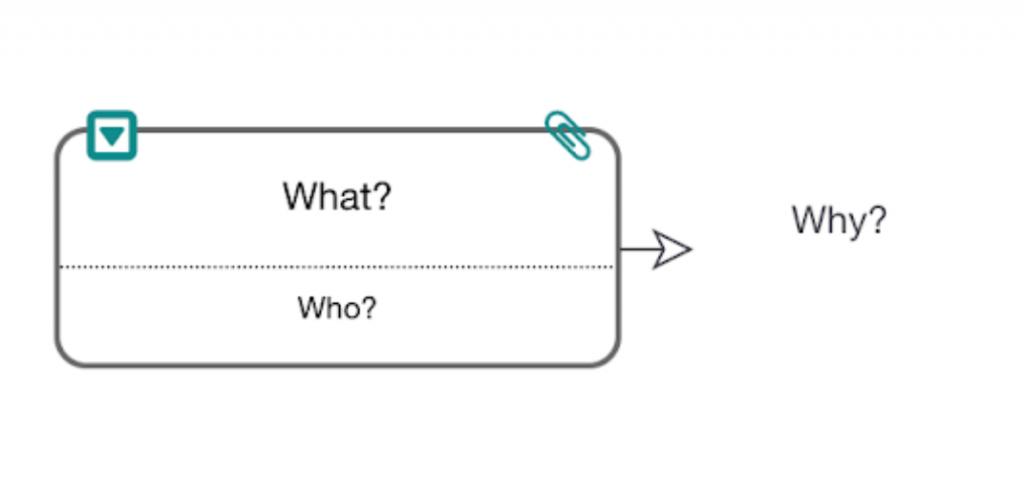
What makes it powerful is that any activity can be drilled into, so if you want to know specifically how a step in a process works you can click on it to see the detail.
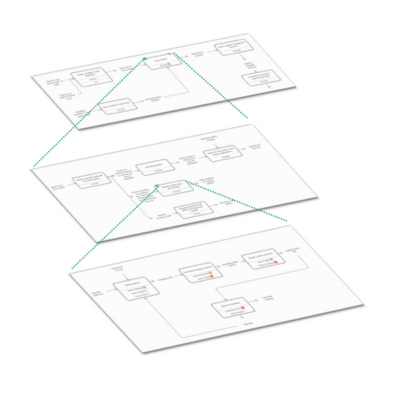
Every step has at least one role associated with it, so you can see exactly who does it. If there is a system involved that is also shown so everyone knows exactly who does what with what.
In fact, with the right technology to support it, you can link any other type of information you need together.
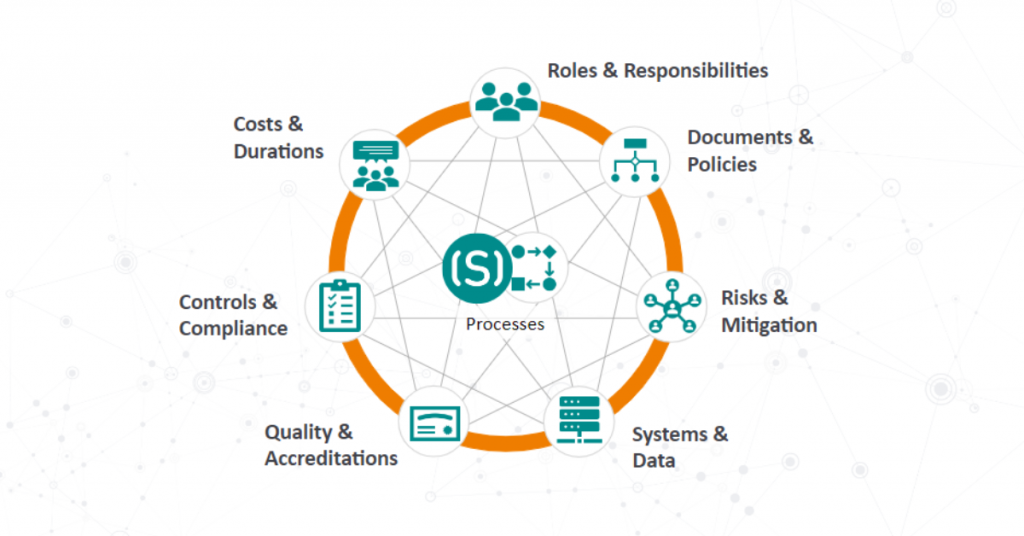
Keeping it simple
With UPN, large end-to-end processes can be presented simply on one page, making them easy to read.
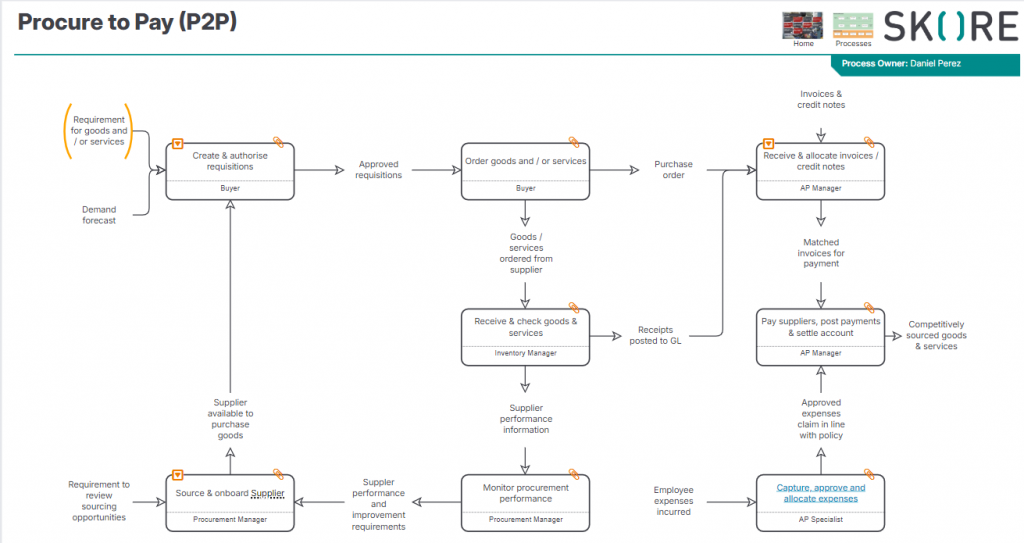
When a user needs details they can click through on that box
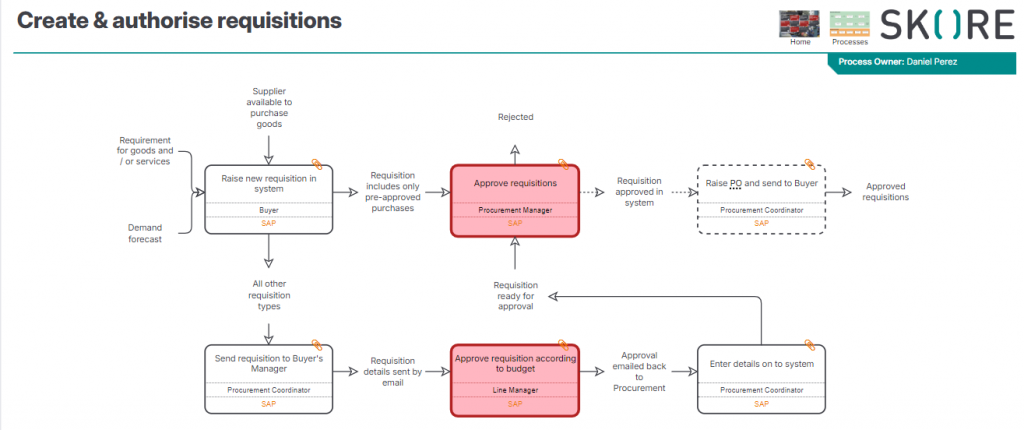
Even more information can be provided on each box including detailed instructions, policies, forms, templates and anything else they need.
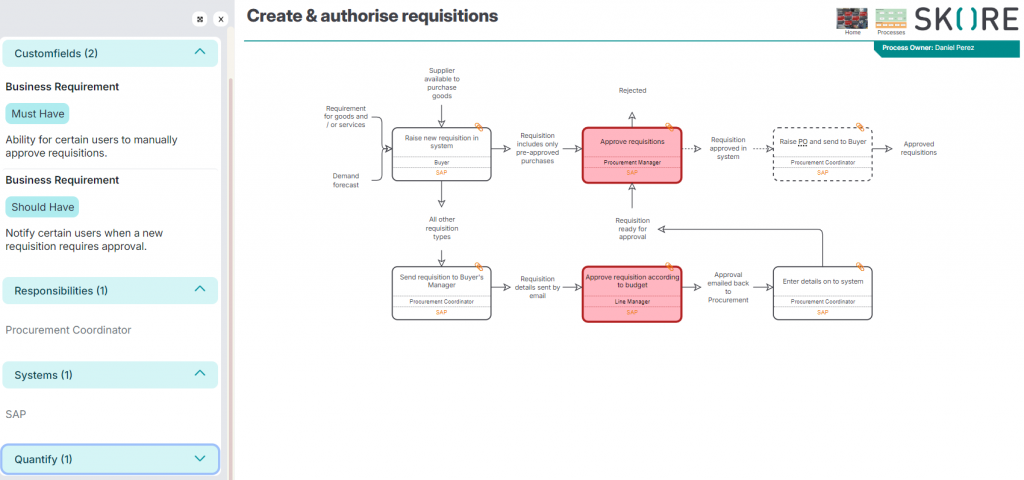
Live Process Workshops
By using the Skore platform you can map a process, using UPN, in a live process workshop. It has been designed to map processes at the speed of conversation so you can map, agree and share all at once. No need for translations and lengthy waits until the process is ready.
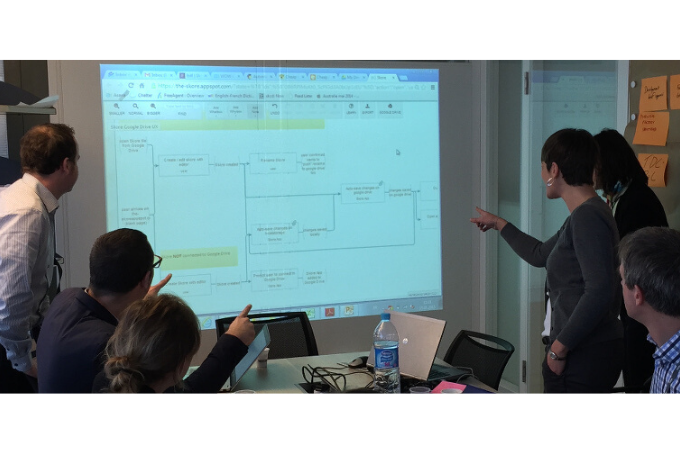
Conclusion
Having clear and simple process maps is one of the best ways to make sure that people do their jobs effectively and without frustration. But creating this type of documentation isn’t always easy so adopting a notation, such as UPN, gives you a powerful guide to getting it right.
Having a notation is one thing but to get the most of UPN it’s worth having a platform that makes it even easier. Software, such as Skore, means you can map processes in live process workshops, share processes instantly and deliver simple, yet powerful process documentation to everyone in the organisation from one central location.
If you’d like to learn more about how Skore can help you, reach out to our team today.
